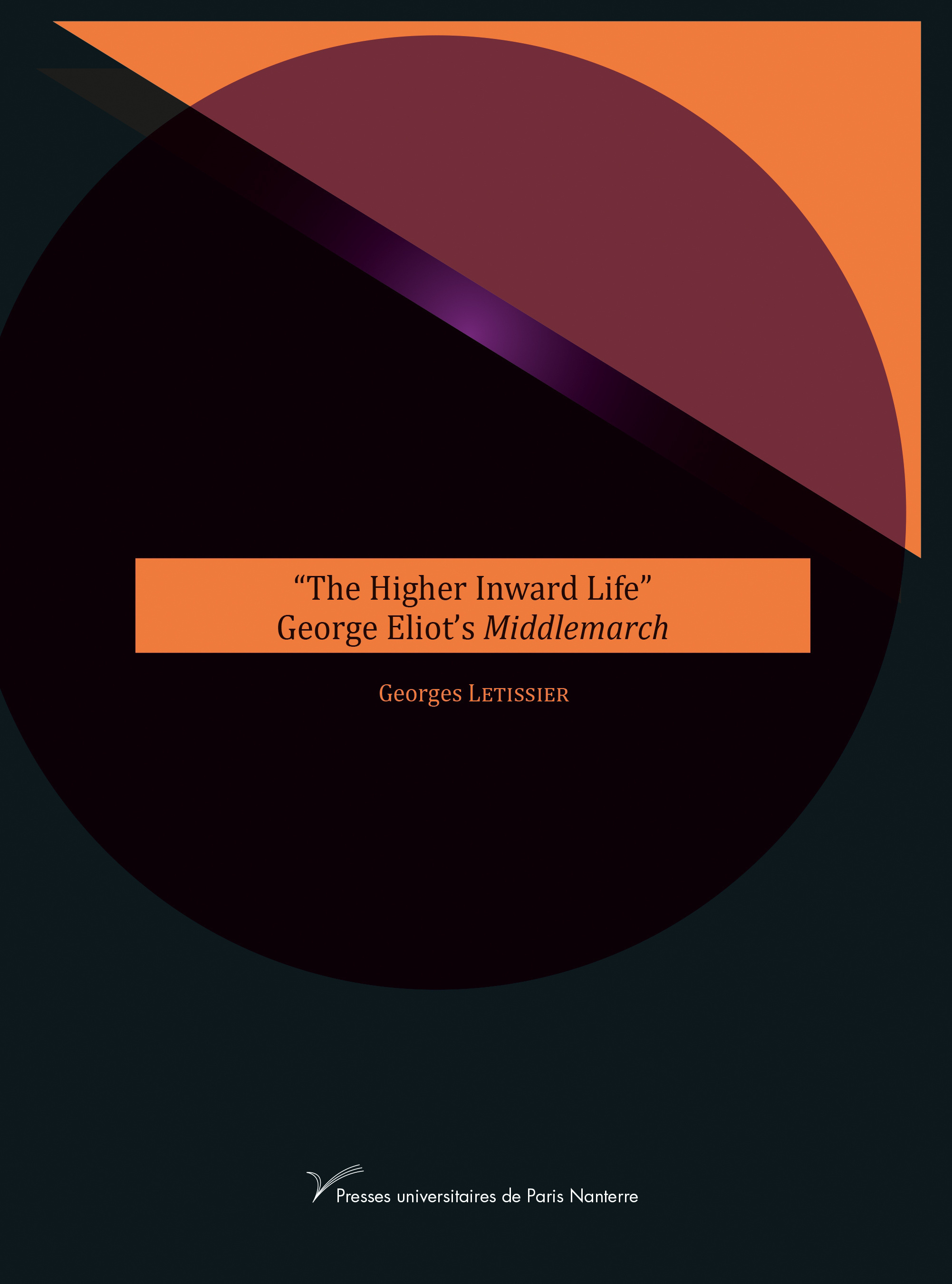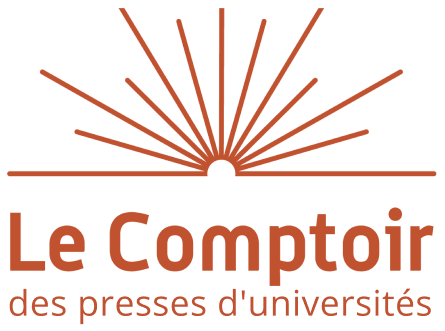Introduction 11
Chapter I
"The Higher Inward Life" (Bk. I, ch. 2, p. 21) 19
The genesis of a literary project 19
Sketchy guidelines 21
The quarry for Middlemarch 23
From the notes to the fiction 24
Eliot's revisions of her manuscripts 27
Close analysis of some revisions in Chapter 81 30
Chapter II
Eliot and the Victorian novel's generic plurality 35
A Humble Form: the Chronicle 37
Individualising plots and multiplotting 39
Eliot's Middlemarch and genre criticism 41
The Whole and the parts: George Eliot's "Notes on Form in Art" 44
Middlemarch: a "Classic Realist Text"? 46
Science in Middlemarch and Middlemarch as science 52
Chapter III
"The stealthy convergence of human lots" (Bk. I, Ch. 7, p. 61) 59
Prelude 61
Book I: Midland and Middlemarch 62
Book II: "Every limit is a beginning as well as an ending" (Finale, p. 779) 69
Book III: Optic and Vision 72
Book IV: "Interlacement" (Ch. 35, p. 314) and "interlacings" (Ch. 36, p. 325) 78
Chapter IV
Towards Moral Sympathy 85
Book V: Reverberating Echoes and Personal Integrity 87
Book VI: Materialism, Spiritualism and Lyricism 93
Book VII: Deeds Travel From Afar 97
Book VIII: Self-Subduing Acts of Fellowship 100
Finale 103
Chapter V
From the Woven Cloth to Multidirectional Scratches 107
The structural function of characters 109
Egoists and Altruists 110
Stereoscopic realism 111
That imagined "otherwise" (Bk. V, Ch. 47, p. 440) 116
The structural function of metaphors and images 119
The vulnerability of seeing: Convergence and divergence 125
Chapter VI
"The family machinery" (Bk. VIII, Ch. 84, p. 765) 129
Jamming the plot machinery: semi-orphans and natural child 131
Unlocking the past, the dark side of Middlemarch 135
"Family machinery" and the "natural colouring of the whole" 138
Law as the regulator of "family machinery" 144
Chapter VII
"Character too is a process and an unfolding" (Bk. II, Ch. 15, p. 140) 149
Methods of characterization 151
The choice of amplitude 151
The analogical method 153
The contrastive method 156
A study of provincial life: taxonomy and social clusters 160
How to class them? 160
The clerical character 161
Physicians, surgeons, and apothecaries 164
Mental "dioramas" (Bk. V, Ch. 53, p. 490) 167
'"A Difficulty Deciding'" (Bk. I, Ch. 3, p. 29): characters and the science
of the mind 170
Secondary characters 175
The aesthetic angle on characterisation: paragone or interartistic battle 178
From painting and the plastic arts to myth-making 178
Theatricality 181
Music 182
Chapter VIII
"Goose and gander" (Bk. IV, Ch. 36, p. 335):
Gender and the Woman Question 185
A Double Temporal Frame 188
The Condition of Women and the Issue of Class 193
The "Nature of Woman" 198
Towards the Possibility of Gynocentric Reading 204
Chapter IX
"Inward colloquy" (Bk. II, Ch. 20, p. 189)
and "The town's talk" (Bk. II, Ch. 21, p. 278) 209
The narrator's voice: authoriality and versatility 211
Juggling with the grammar of "observation, perception and (re)presentation" 212
The narrator's omnipresence 213
The narrator's rhetoric 218
The narrator's dialogism 220
"The town's talk" 222
Middlemarch as dialogic, polyphonic milieu 223
Gossip and rumour mongering 226
"Inward colloquy" 228
From public speech to psycho-narration 229
Free indirect style 231
Conclusion: From Finale to Sequels 235
Works cited 241
About the author 251

